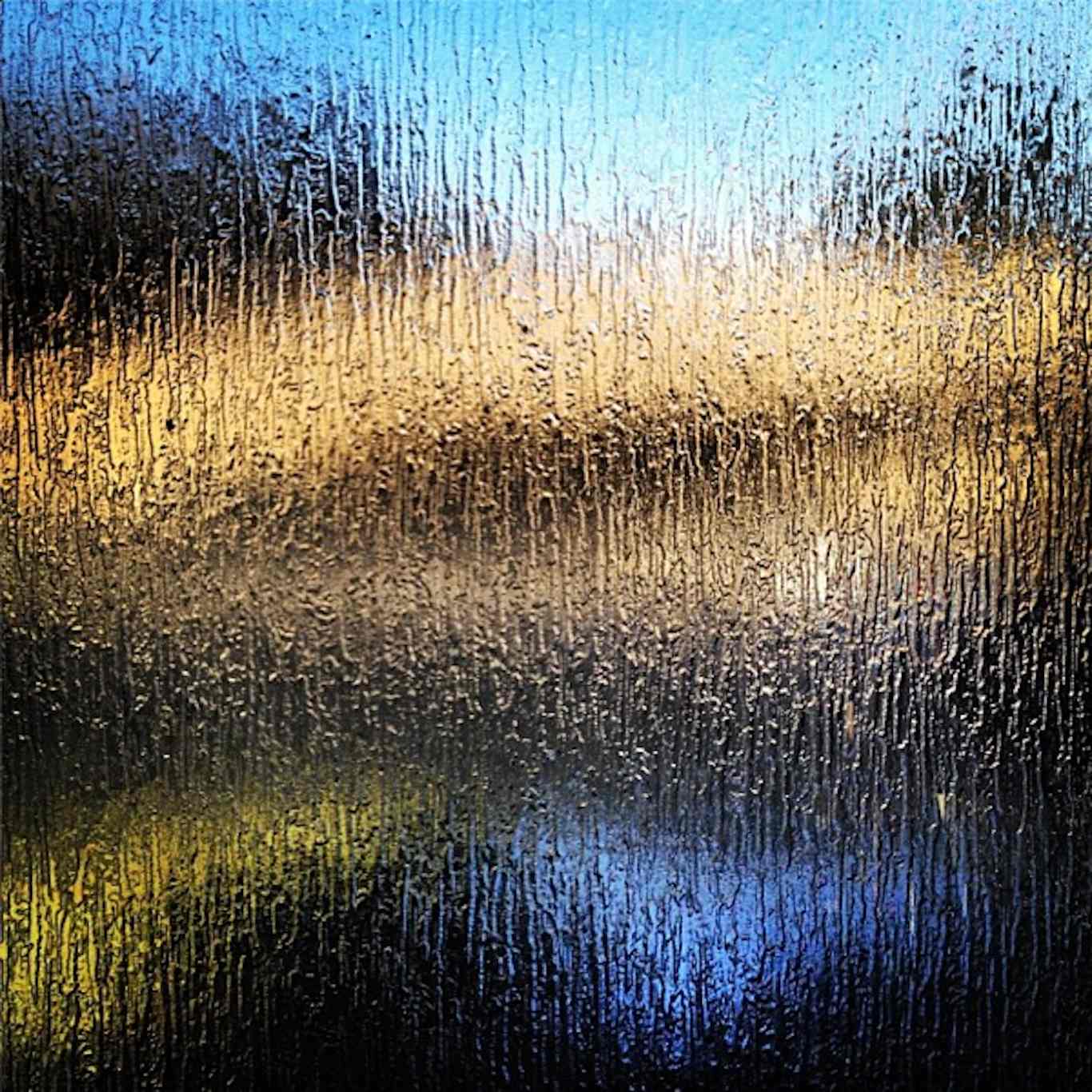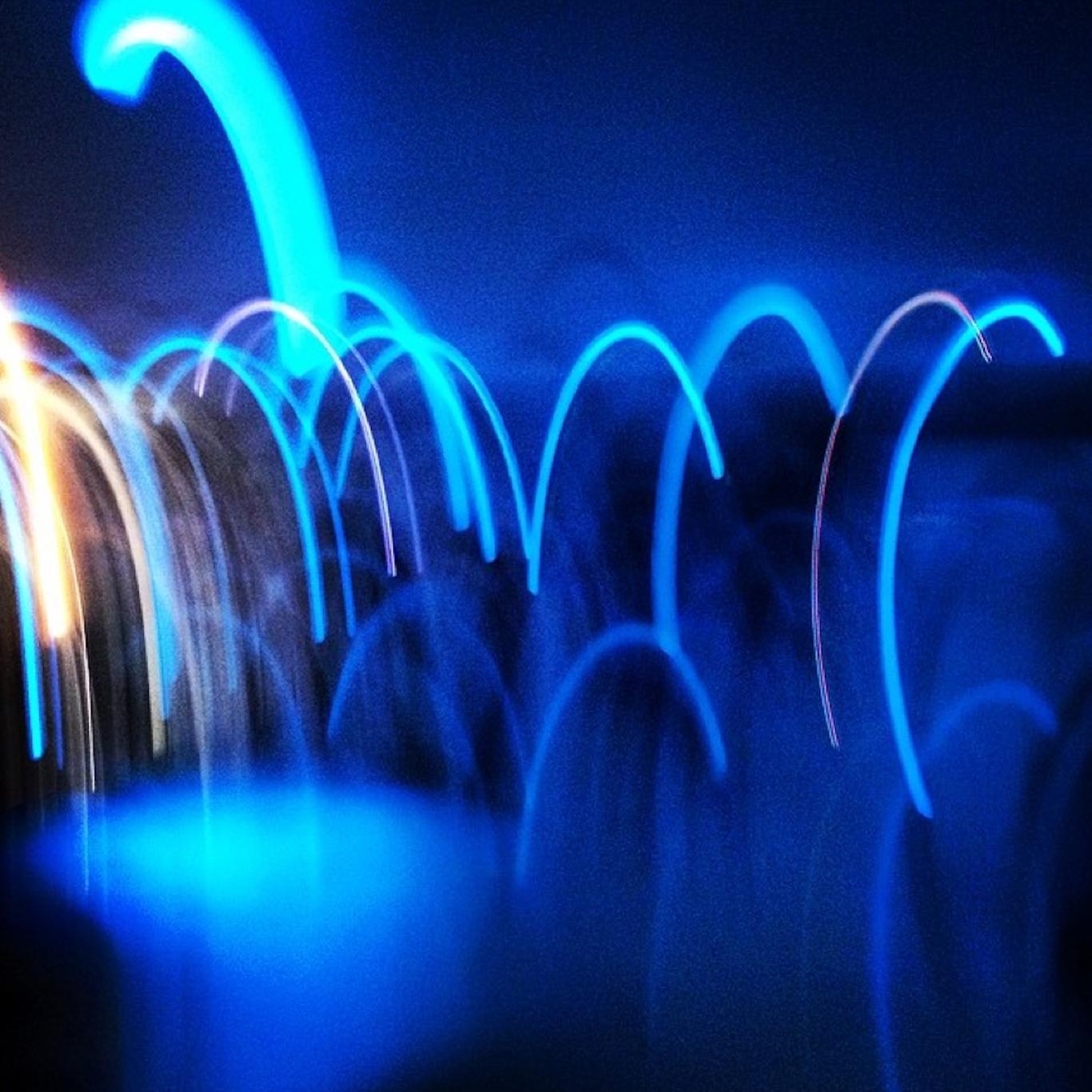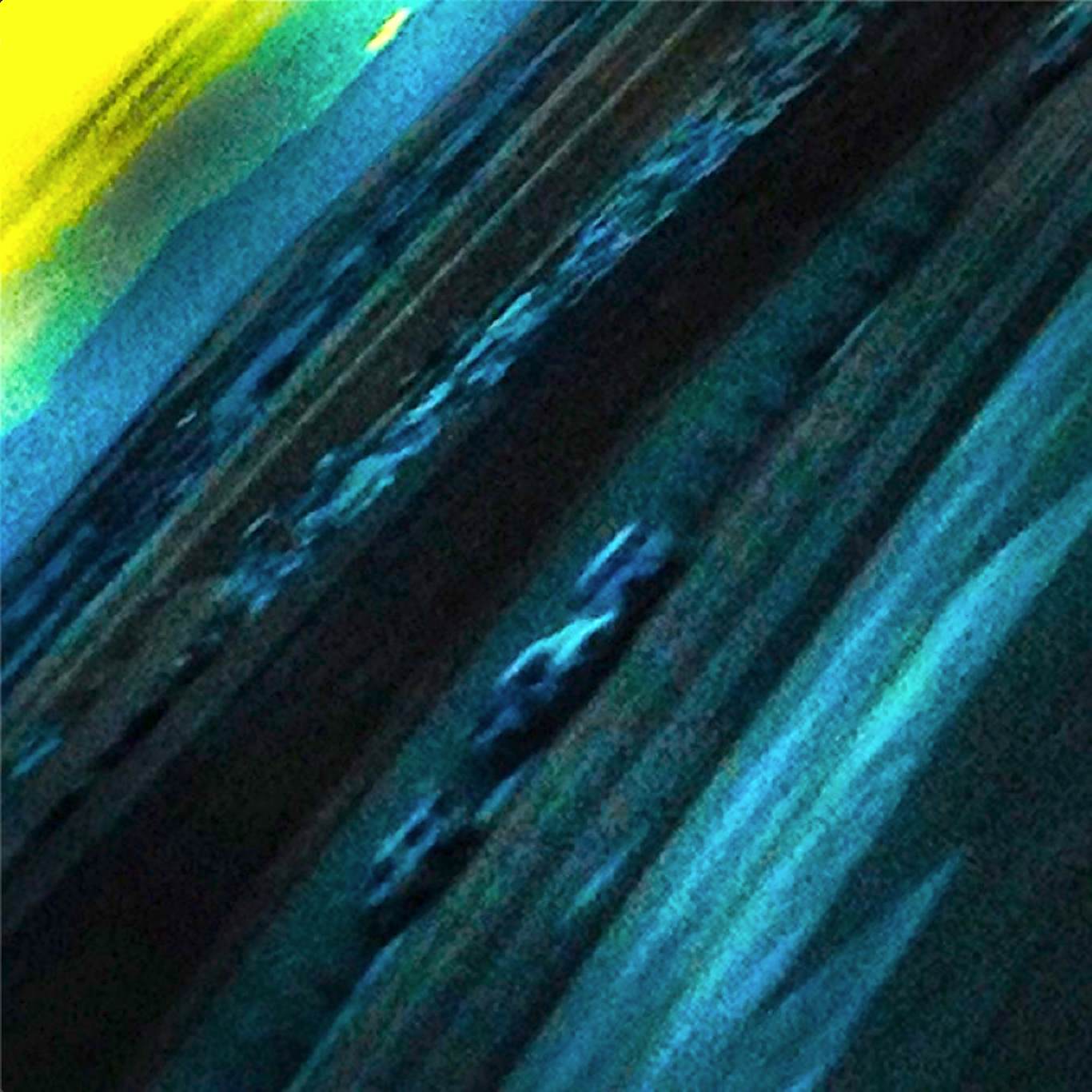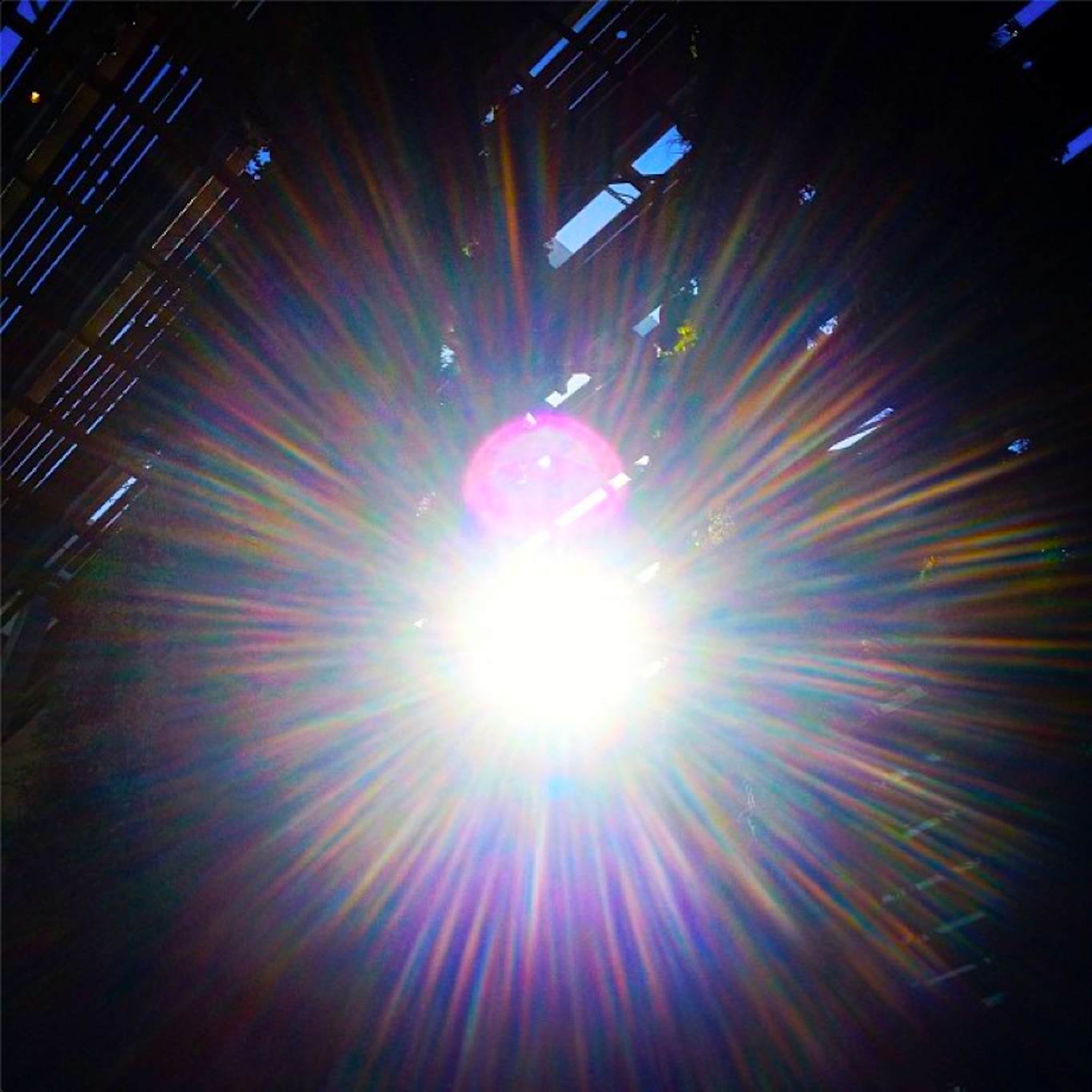Tony Jones




017: Light is Free
During the summer of 2013, I had the opportunity to view bicoastal retrospectives of the artist James Turrell. With exhibits in Los Angeles and New York, both shows revealed the subtle qualities of sculptural illumination. Viewing the work was profoundly inspirational and provided innovative reconfigurations of the museum space. Nonetheless, the exhibitions ultimately exposed their true colors. Turrell’s mesmerizing rays of light conceal the authoritarian essence of mainstream art.
I’ve always been a vocal supporter of art that exists outside of authoritarian spaces. I’ve always considered the structure of the museum to be a frustrating limitation. How can a cubed space monitored by cameras and uniformed guards provide an optimal setting for genuine artistic freedom? In most cases, spectators are rigidly directed through the space and provided with strict boundaries that cannot be crossed. Furthermore, the introduction of bloated admission prices and limited hours ensures that only a privileged few are able to access the work. Ironically, nowhere was this dynamic more in play than during the Turrell retrospectives.
The first instance of this authoritarianism took place as I was viewing the piece titled Afrum I (White). The piece is composed of an alluring cube of white light, nestled within the corner of the gallery space. The glowing cube, although a symbol of confinement, tacitly encourages the viewer to approach and interact with it. Notably, I could feel this sensation taking hold of me and I was overcome by the need to discover the periphery of the light. As I got closer to the work, my shadow formed a delicate outline on the edges of the cube. No more than three seconds had elapsed before a loud voice projected through the darkened space, “DO NOT STEP INTO THE LIGHT!” A guard, who previously appeared bored and aloof, abruptly usurped the openness of the work. Needless to say, my connection to the piece, both intellectual and physical, was suddenly distorted into cold disengagement.
My expectation was that this was a one-time incident. Surely, the mystical and ephemeral qualities of light could not be harnessed as a force of authoritarianism. If anything, Turrell’s art appeared to endorse the unrestricted correlation between light and the viewer. Upon viewing another piece within the exhibition, this hypothesis was put to the test. Once again, the impulse to approach the work compelled me. This specific piece was radiating, rather than projecting, light. Hence, I was not concerned about producing a shadow. I took one step beyond the provided bench when another guard exclaimed loudly, “THAT IS FAR ENOUGH!” My frustration had reached a peak. I decided to converse with the guard so that I could better understand the restrictions of the exhibit.
Here is the dialogue that transpired between the museum guard and myself:
Me: (The Artist) You’re the second guard who has asked me to limit my experience with the work. Why are there so many conditions being placed on the pieces?
Guard: (The Authoritarian) You were getting too close. You can’t get that close.
Me: These are works of light. A viewer must have the option to study the qualities of the pieces without having restrictions placed upon them.
Guard: No, you were too close.
Me: How can a ray of light be damaged? Do you fear that I will damage the piece? I’m an artist. I don’t damage works of art.
Guard: You’re not permitted to get that close.
Me: And who determined this restriction? Was it you, or your supervisor? The museum director?
Guard: Those are the instructions provided by the artist.
Me: The artist? You mean the artist provided specific boundaries?
Guard: Yes.
Me: That’s astonishing. It’s surprising that an artist would impose restrictions on a work that is conceptually uninhibited. This is light. No one owns light. Not you, not me, not James Turell. Light is free!
Guard: Yes, I know. You were too close.
Me: Well, it’s a good thing that the artist doesn’t work with air.
Guard: Ok. Yes. Thank you.
Me: We would have to suffocate in order to experience the work.
During the summer of 2013, I had the opportunity to view bicoastal retrospectives of the artist James Turrell. With exhibits in Los Angeles and New York, both shows revealed the subtle qualities of sculptural illumination. Viewing the work was profoundly inspirational and provided innovative reconfigurations of the museum space. Nonetheless, the exhibitions ultimately exposed their true colors. Turrell’s mesmerizing rays of light conceal the authoritarian essence of mainstream art.
I’ve always been a vocal supporter of art that exists outside of authoritarian spaces. I’ve always considered the structure of the museum to be a frustrating limitation. How can a cubed space monitored by cameras and uniformed guards provide an optimal setting for genuine artistic freedom? In most cases, spectators are rigidly directed through the space and provided with strict boundaries that cannot be crossed. Furthermore, the introduction of bloated admission prices and limited hours ensures that only a privileged few are able to access the work. Ironically, nowhere was this dynamic more in play than during the Turrell retrospectives.
The first instance of this authoritarianism took place as I was viewing the piece titled Afrum I (White). The piece is composed of an alluring cube of white light, nestled within the corner of the gallery space. The glowing cube, although a symbol of confinement, tacitly encourages the viewer to approach and interact with it. Notably, I could feel this sensation taking hold of me and I was overcome by the need to discover the periphery of the light. As I got closer to the work, my shadow formed a delicate outline on the edges of the cube. No more than three seconds had elapsed before a loud voice projected through the darkened space, “DO NOT STEP INTO THE LIGHT!” A guard, who previously appeared bored and aloof, abruptly usurped the openness of the work. Needless to say, my connection to the piece, both intellectual and physical, was suddenly distorted into cold disengagement.
My expectation was that this was a one-time incident. Surely, the mystical and ephemeral qualities of light could not be harnessed as a force of authoritarianism. If anything, Turrell’s art appeared to endorse the unrestricted correlation between light and the viewer. Upon viewing another piece within the exhibition, this hypothesis was put to the test. Once again, the impulse to approach the work compelled me. This specific piece was radiating, rather than projecting, light. Hence, I was not concerned about producing a shadow. I took one step beyond the provided bench when another guard exclaimed loudly, “THAT IS FAR ENOUGH!” My frustration had reached a peak. I decided to converse with the guard so that I could better understand the restrictions of the exhibit.
Here is the dialogue that transpired between the museum guard and myself:
Me: (The Artist) You’re the second guard who has asked me to limit my experience with the work. Why are there so many conditions being placed on the pieces?
Guard: (The Authoritarian) You were getting too close. You can’t get that close.
Me: These are works of light. A viewer must have the option to study the qualities of the pieces without having restrictions placed upon them.
Guard: No, you were too close.
Me: How can a ray of light be damaged? Do you fear that I will damage the piece? I’m an artist. I don’t damage works of art.
Guard: You’re not permitted to get that close.
Me: And who determined this restriction? Was it you, or your supervisor? The museum director?
Guard: Those are the instructions provided by the artist.
Me: The artist? You mean the artist provided specific boundaries?
Guard: Yes.
Me: That’s astonishing. It’s surprising that an artist would impose restrictions on a work that is conceptually uninhibited. This is light. No one owns light. Not you, not me, not James Turell. Light is free!
Guard: Yes, I know. You were too close.
Me: Well, it’s a good thing that the artist doesn’t work with air.
Guard: Ok. Yes. Thank you.
Me: We would have to suffocate in order to experience the work.